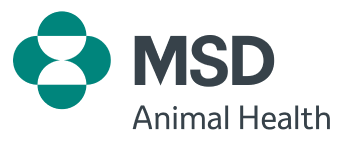With a spring calving herd on one farm, and an autumn calving herd on another, a Leicestershire family is using one set of SenseHub monitoring ear tags to oversee the breeding protocols of both herds. A sorting gate is also shared between the two farms.
Along with his son and daughter, Giles and Jess, Wil Armitage manages 550 cows on two organic farms in Leicestershire. At Keythorpe Farm near Tugby, Wil runs a pedigree Holstein, autumn calving herd of 350 cows, while Giles manages 200 spring calving cows six miles away at Glebe Farm.
With both herds calving in tight 10-12 week blocks, accurate heat detection, timely insemination and high conception rates are critical to ensuring the entire operation runs as efficiently as possible.
Prior to 2022, heats were detected via visual inspections and the application of tailpaint – a system which relied heavily on experienced staff and the investment of a lot of time.
“Ultimately, the conception rate of both herds came down to who was responsible for spotting heats and how experienced they were at AI,” Wil explains. “At Keythorpe, I was achieving a conception rate of 56% from sexed semen, but it took a lot of time, dedication and late-night herd checks to get to that point.
“One of our less experienced members of staff was only achieving a 10% conception rate which meant we only produced 70 heifer calves instead of the 120 we wanted. That left us with too many beef calves, and the calving window went up by more than three weeks. It was a real wake up call, so we started to look at ways to add more consistency and accuracy to our breeding protocols.”
It was a similar story at Glebe Farm where Giles and his team were also using visual checks to identify heats.
“I’m much less experienced than my dad when it comes to AI, and a lot of our staff aren’t from a farming background,” Giles explains. “We therefore wanted to find a system that would make it easier for the whole team to feel confident about identifying heats and deciding when cows should be sent for AI.”
“I’m much less experienced than my dad when it comes to AI, and a lot of our staff aren’t from a farming background,” Giles explains. “We therefore wanted to find a system that would make it easier for the whole team to feel confident about identifying heats and deciding when cows should be sent for AI.”
Accompanied by Jess who manages the youngstock and paperwork for both herds, the Armitages’ first port of call was to debate their options with their discussion group. “It was clear that those who were already using a heat detection system had seen some fairly dramatic fertility improvements simply by ensuring each animal was being inseminated at the optimum time,” Wil explains. “Most of the group were using the same system, but we didn’t want to follow the herd without looking at other options first.”
With cashflow tight at the time, the Armitages couldn’t afford to buy a monitoring system for each herd, so they decided to investigate if there was a way of sharing one system across both farms. “In my opinion, ear tags are easier and safer to swap than collars, so we opted to go with SenseHub ear tags,” Wil says. “It was a logical decision because we’d previously used its original version, Heatime, which we knew worked well.”
Wil, Giles and Jess also wanted a system with the best possible aftersales support. “We always prefer to work with people who we know will go the extra yard to make sure the product we’re buying is right for us,” Wil describes. “I was at agricultural college with our local SenseHub sales rep, Dan Finchett, and as soon as we expressed an interest he was on site to make sure the SenseHub system would suit our needs and work with our existing infrastructure.”
“We saw the benefits of the SenseHub tags straight away,” Giles adds. “Within a couple of weeks we had a much clearer picture of when each cow was coming into heat, and they have eliminated any uncertainty or doubt about when each cow should be inseminated.
“As a result, our AI timing has changed massively. We’re now serving cows eight hours later with sexed semen, and we’re inseminating twice a day instead of once to give each cow the best chance of conceiving. We’ve seen a dramatic improvement in conception rates at both farms, with the number of heifer calves produced at Glebe jumping from 38 when we were using tailpaint, to 78 with SenseHub.”
In addition to 350 SenseHub ear tags, the Armitages also purchased a SenseHub sorting gate which was initially installed at Glebe Farm.
“With the tags doing such a good job, we wanted to take things to the next level by installing a system that would automatically draft cows for AI or health reasons without requiring any input from ourselves,” Giles continues.
“So, 12 months after the ear tags went in, when we had a bit more cash available, we installed a SenseHub EID sorting gate which automatically drafts cows when they’re ready to be inseminated, or if the tags spot a potential health problem. There’s no need for us to create lists manually, which saves time and reduces the potential for human error, and the gate is successfully drafting more than 98% of highlighted cows.”
“In an ideal world, both farms would have their own sorting gate, but we can’t afford that just yet,” Wil adds. “We therefore came up with the idea of moving the sorting gate between the two farms. It isn’t the most orthodox way of working, but with one herd calving in the spring and the other in the autumn, it’s a convenient way for us to achieve the same goal on both farms.”
As soon as the first herd’s breeding window closes, the gate is relocated to the other farm. Likewise, the ear tags are swapped from one herd to the next at least four weeks prior to the start of the next breeding window.
“This gives the tags enough time to monitor two heats prior to insemination and allows the system to calibrate to each individual animal,” Giles explains. “We’ll buy more tags and another gate when we can afford to so that we can monitor the health of each herd throughout the year, not just in the run up to breeding.
“The SenseHub system has proven to be so reliable, and the gate so accurate, that the whole process of managing two calving blocks is much less stressful and worrying for everyone. It also gives both teams more time to concentrate on other tasks such as milking and feeding instead of spending time looking for heats or trying to find the right cows to sort.”
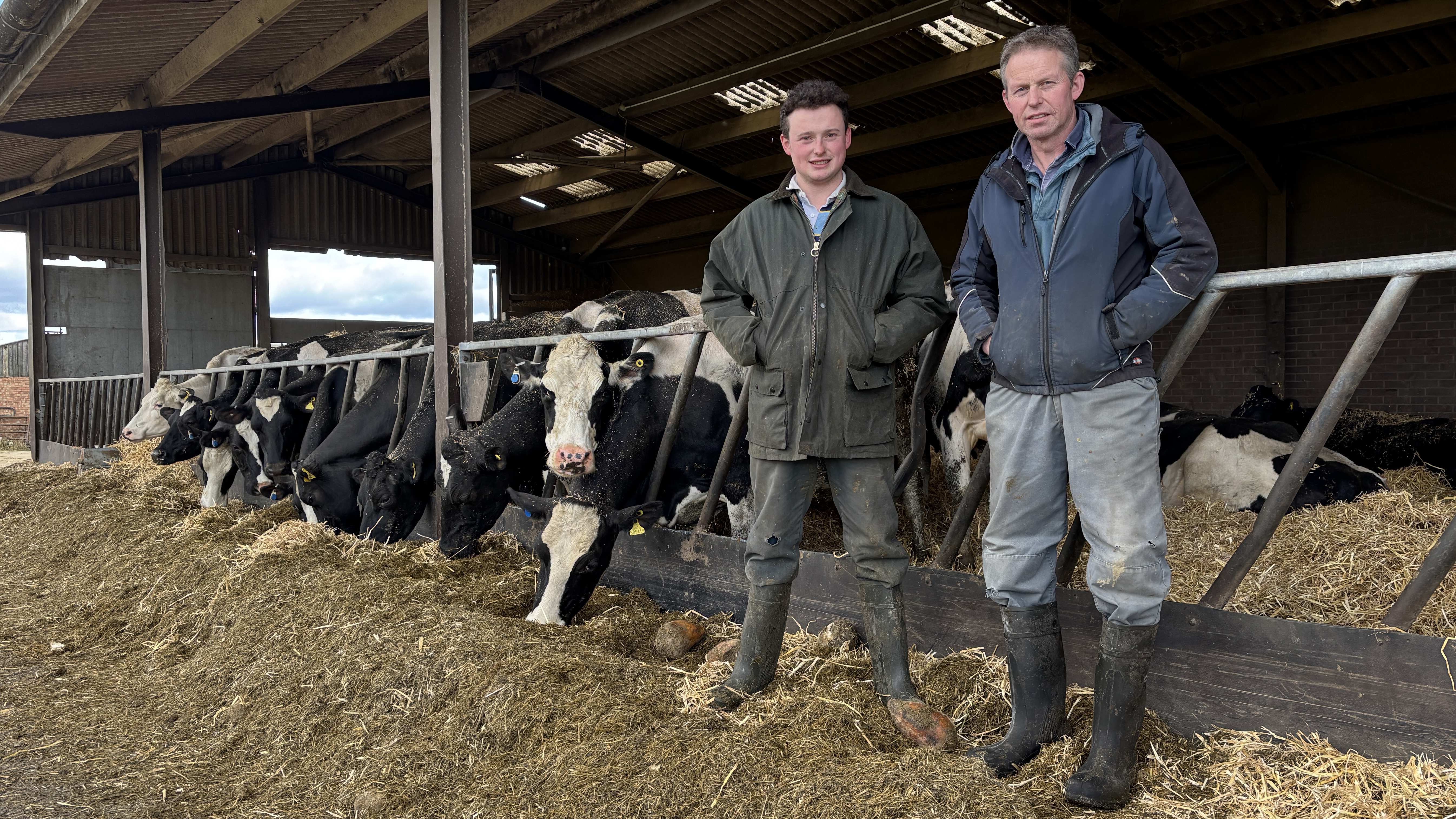
Giles (left) and Wil Armitage manage a spring, and an autumn-calving herd on two farms in Leicestershire.
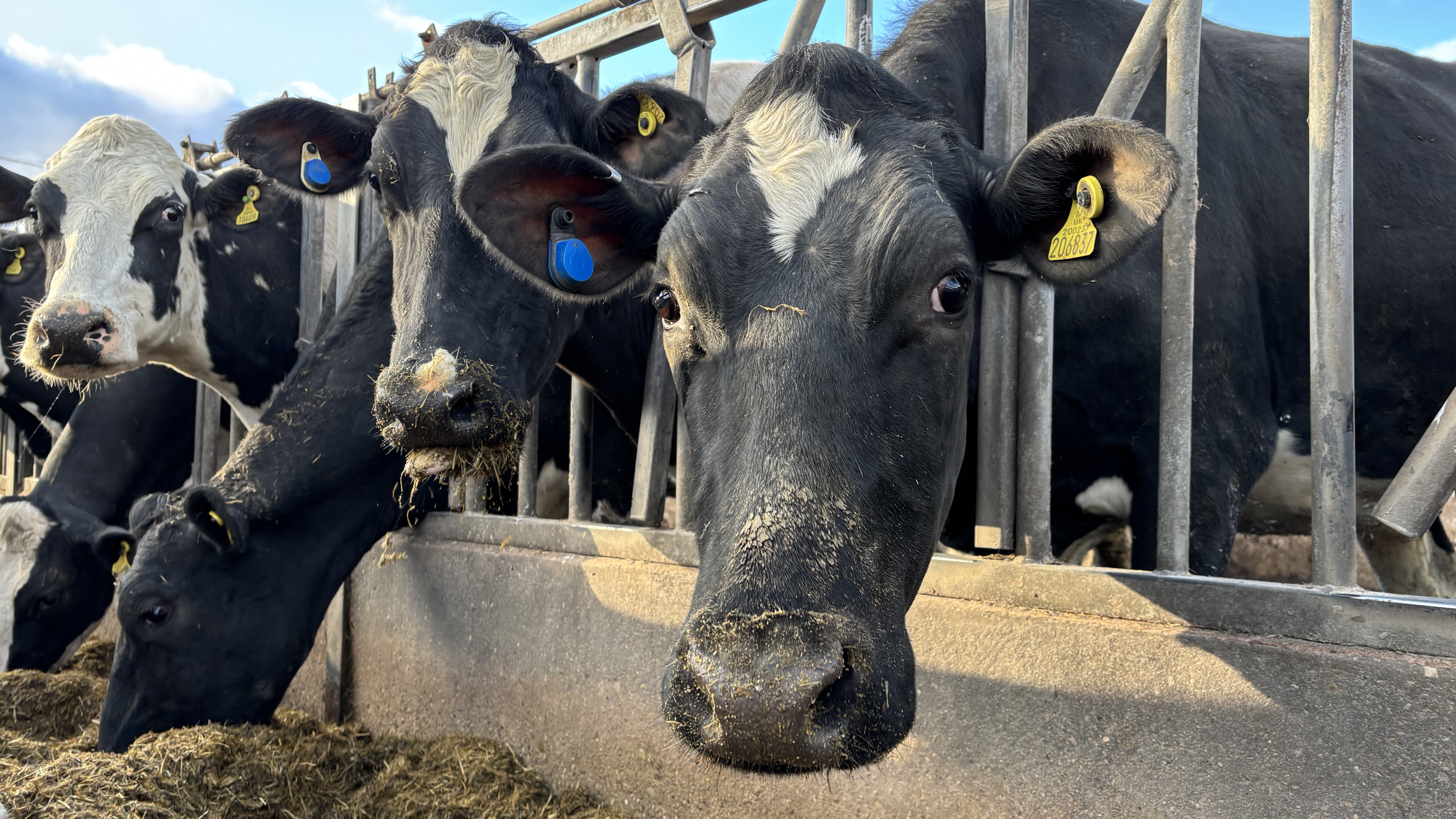
The two herds currently share one set of SenseHub ear tags which identify heats and automatically control the shared SenseHub drafting gate to ensure cows are inseminated at the optimum time.
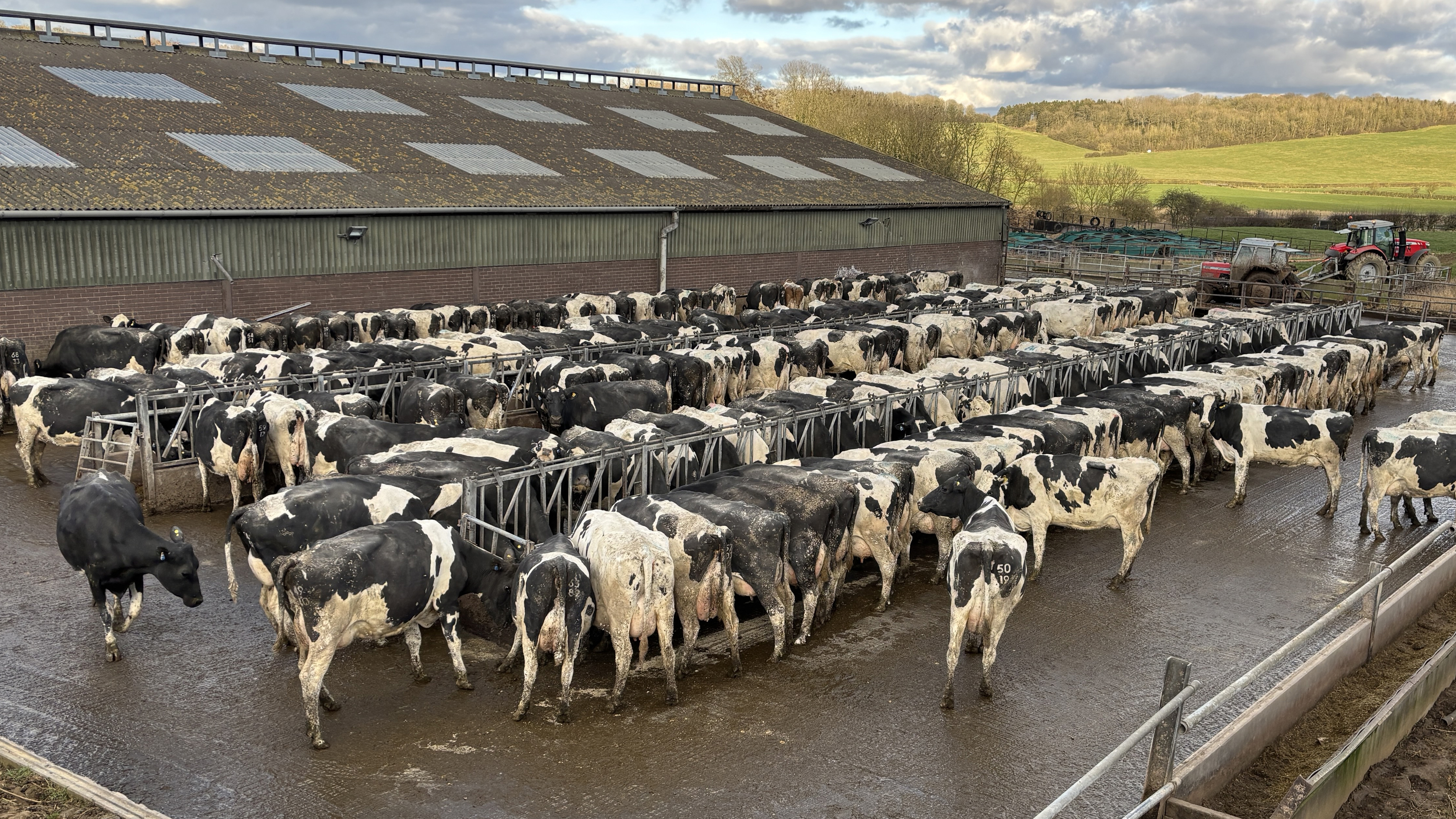
The Keythorpe herd calves in a 12-week block starting at the end of September. Once confirmed back in calf, the SenseHub ear tags are transferred to the spring calving herd at Glebe Farm.
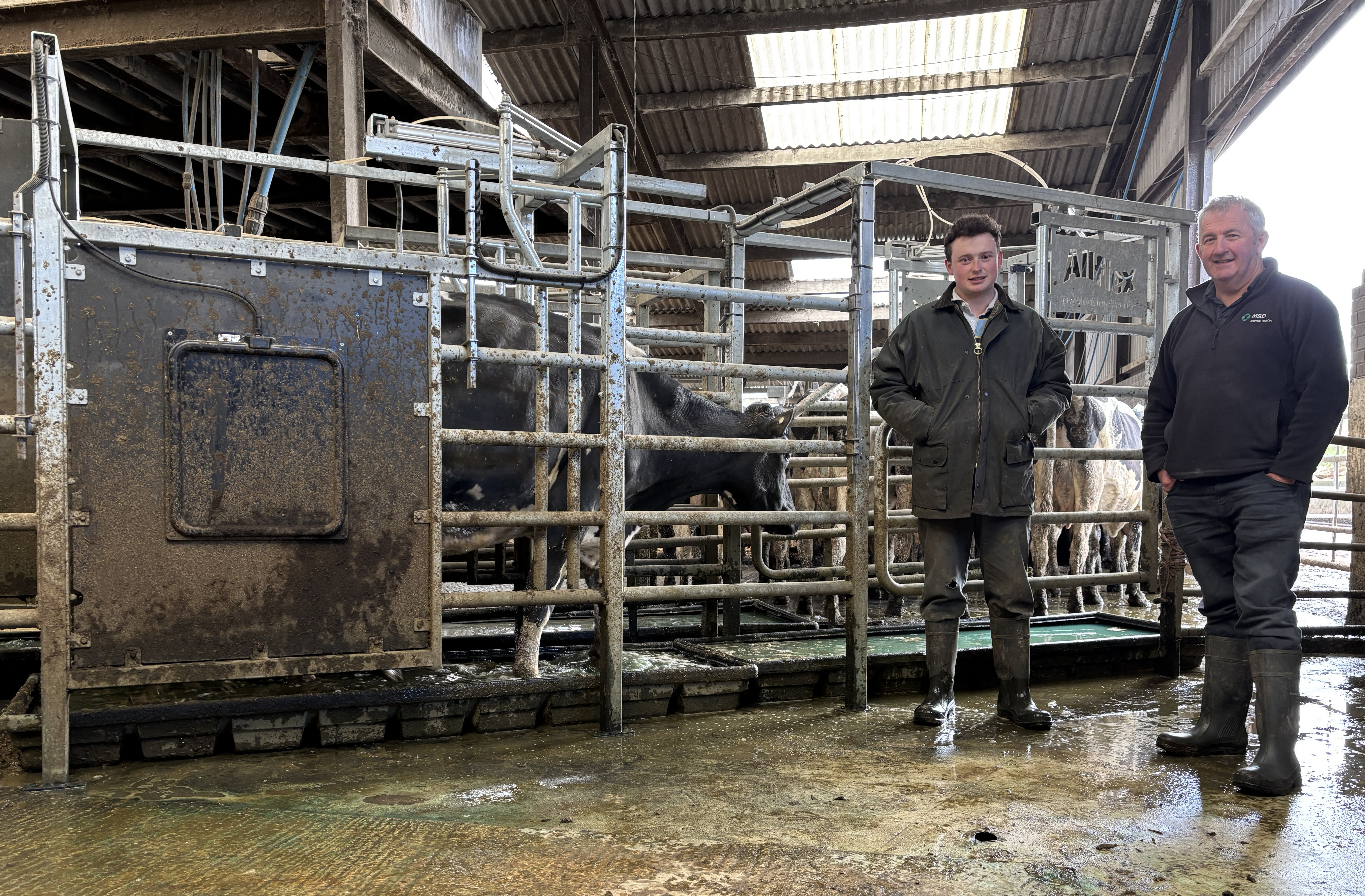
The Keythorpe herd calves in a 12-week block starting at the end of September. Once confirmed back in calf, the SenseHub ear tags are transferred to the spring calving herd at Glebe Farm.


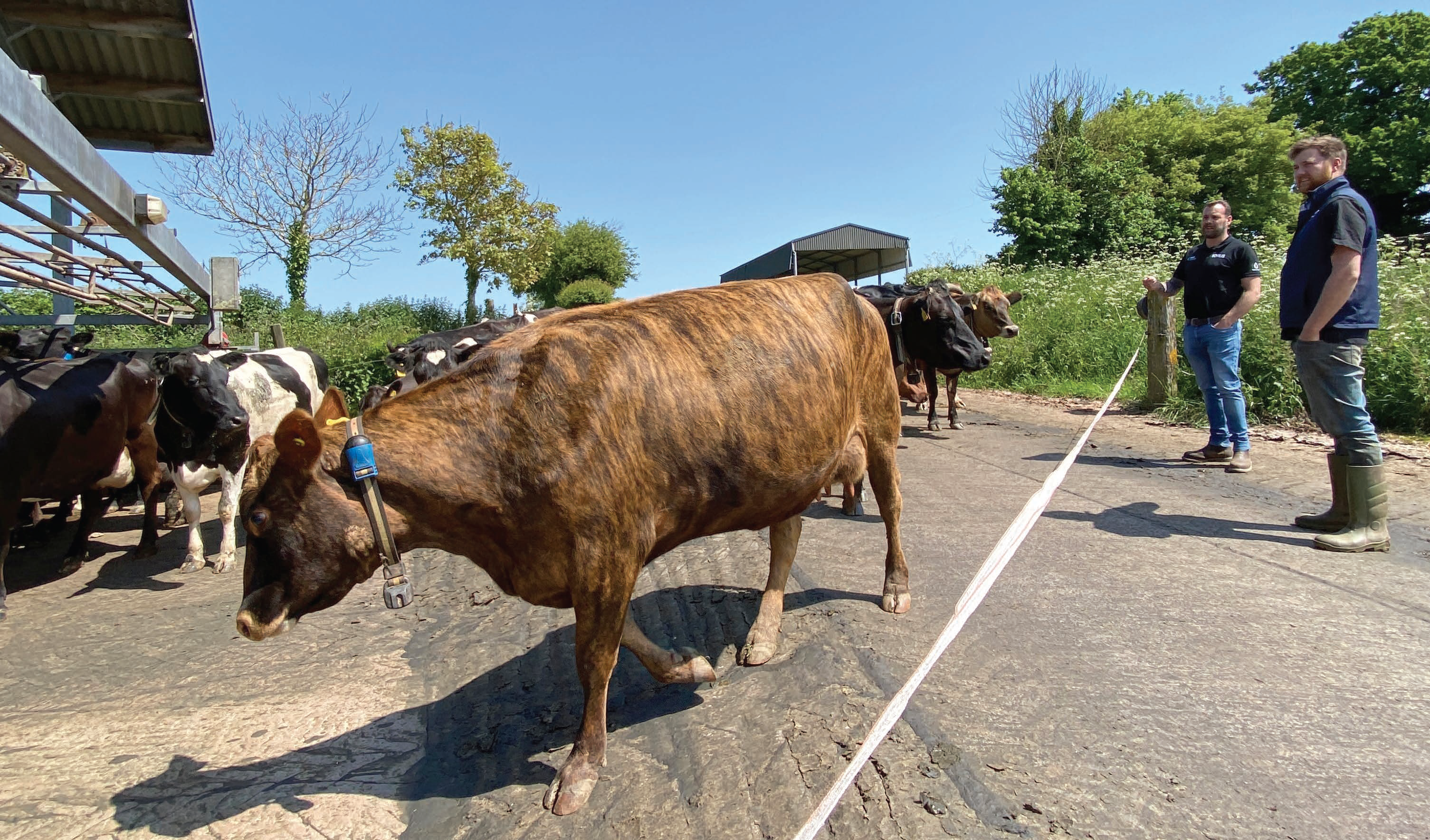
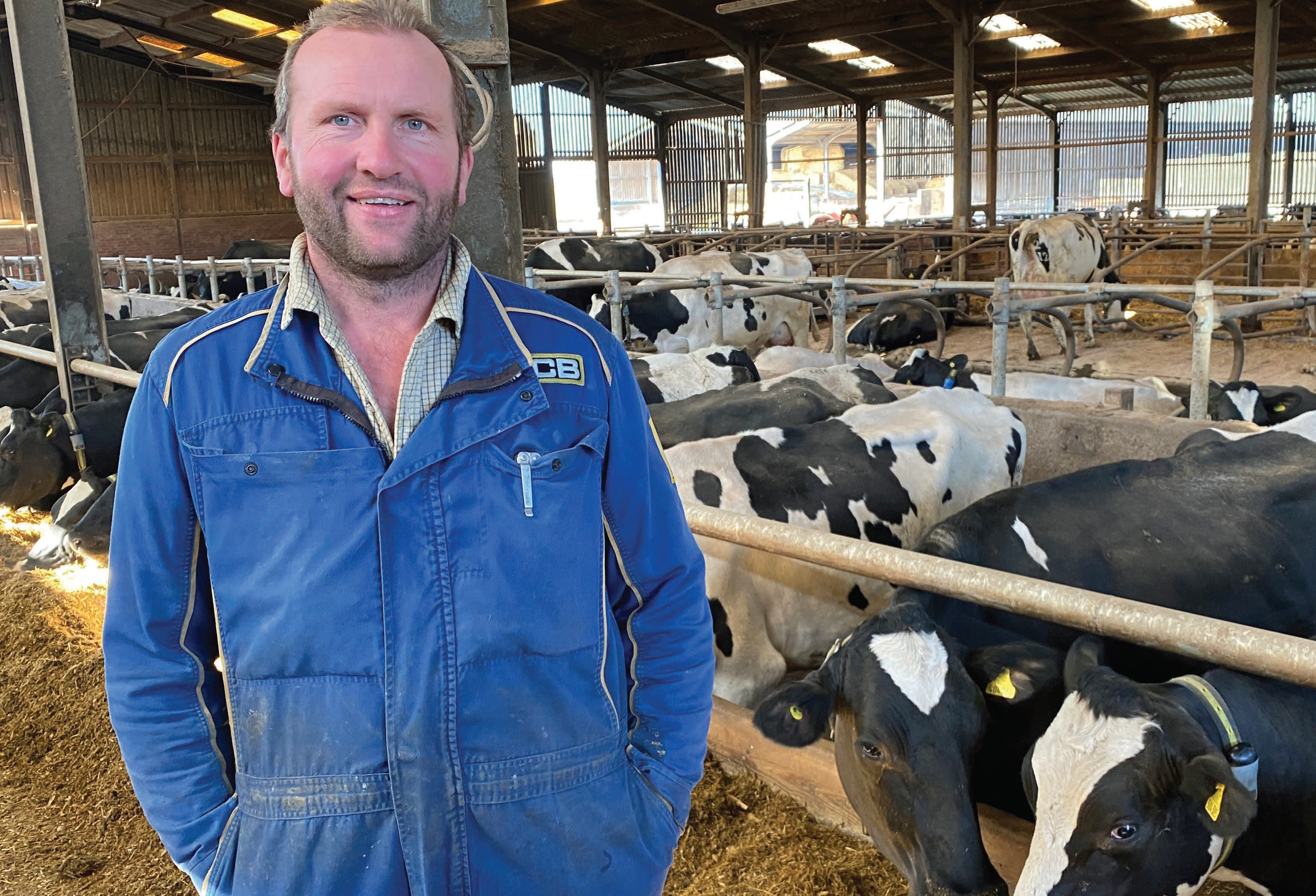

 Argentina
Argentina Australia
Australia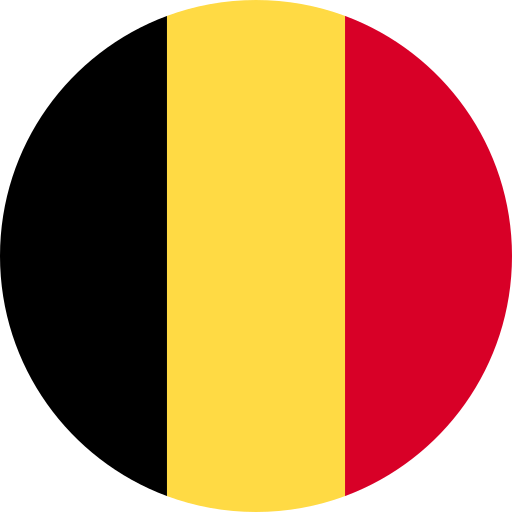 Belgium (Dutch)
Belgium (Dutch) Brazil
Brazil Chile
Chile Colombia
Colombia Czech Republic
Czech Republic Finland
Finland France
France Germany
Germany Ireland
Ireland Italy
Italy Japan
Japan Mexico
Mexico New Zealand
New Zealand Norway
Norway Panama
Panama Poland
Poland Portugal
Portugal Spain
Spain Sweden
Sweden United Kingdom
United Kingdom Global
Global